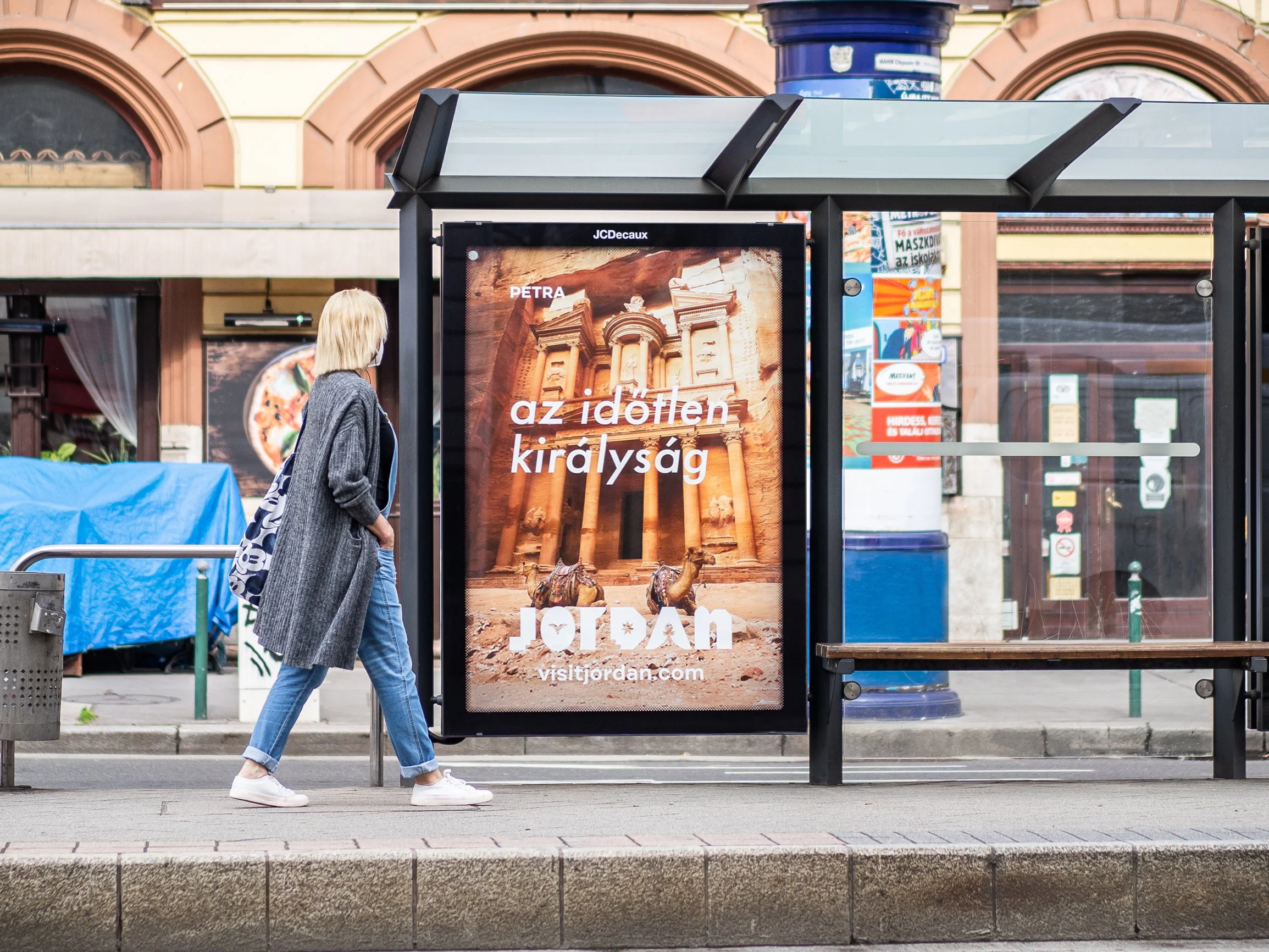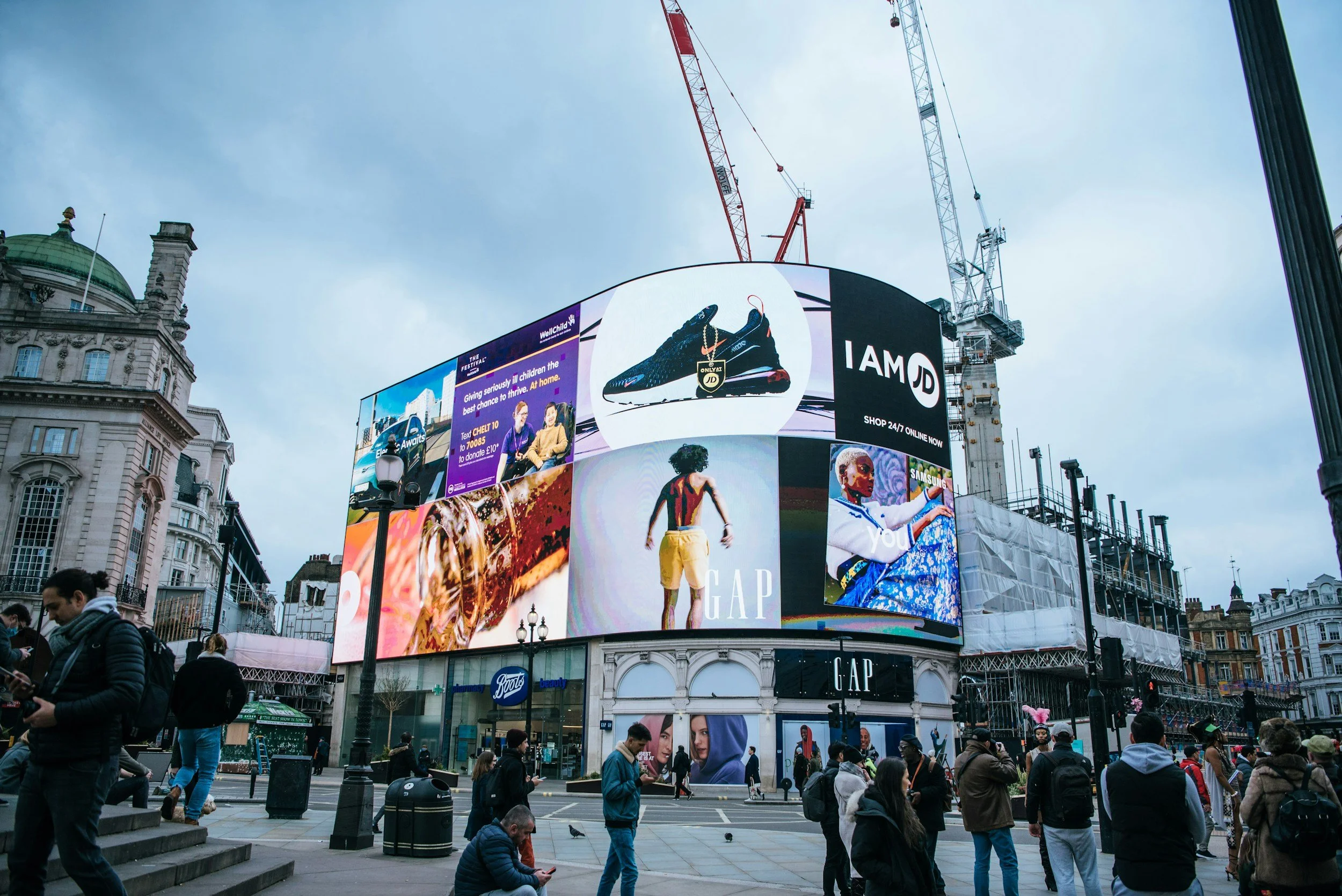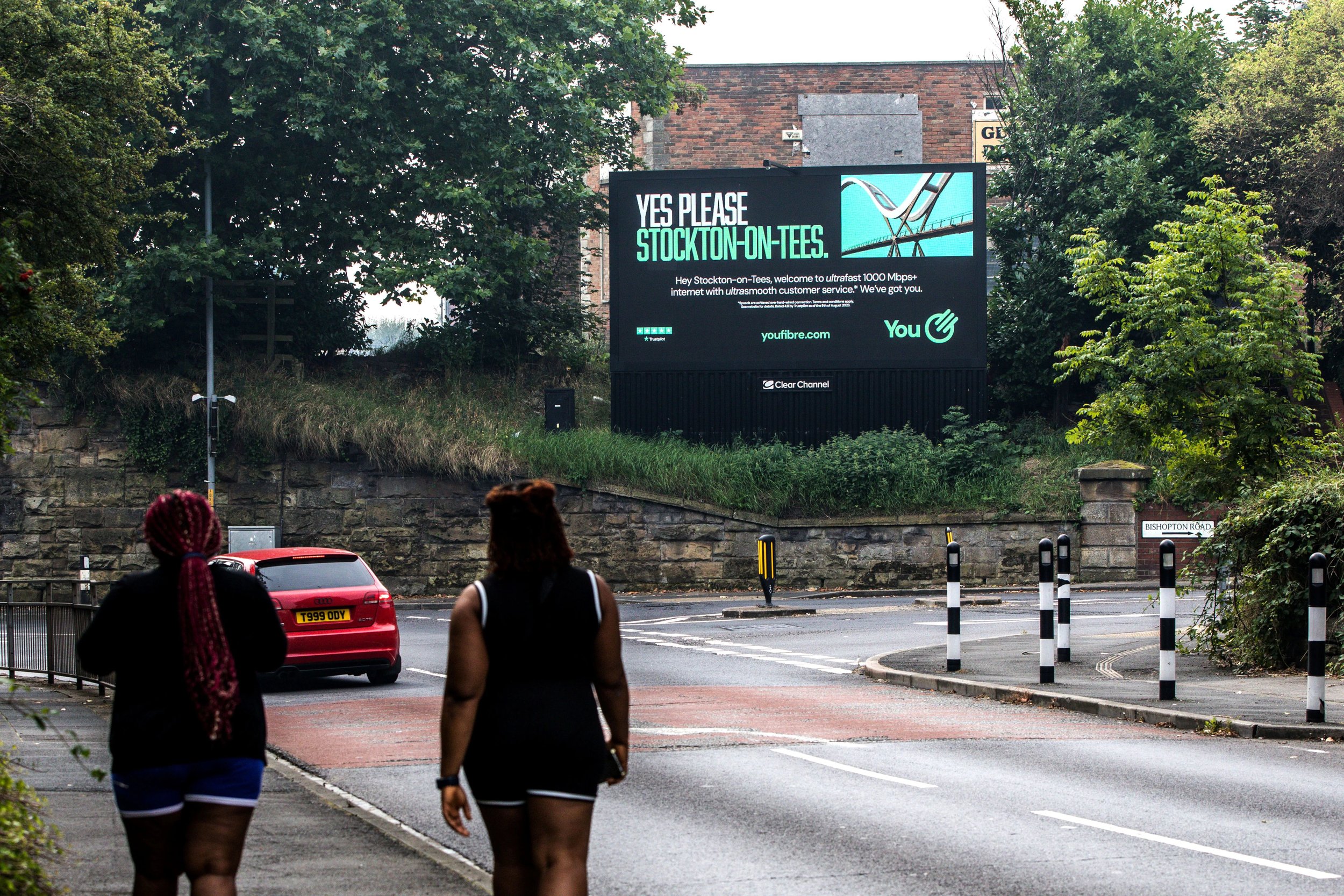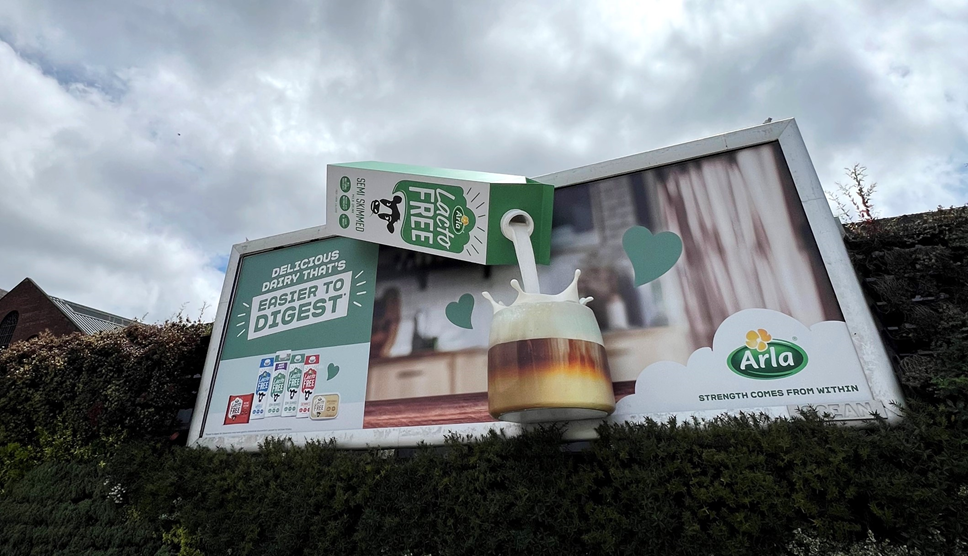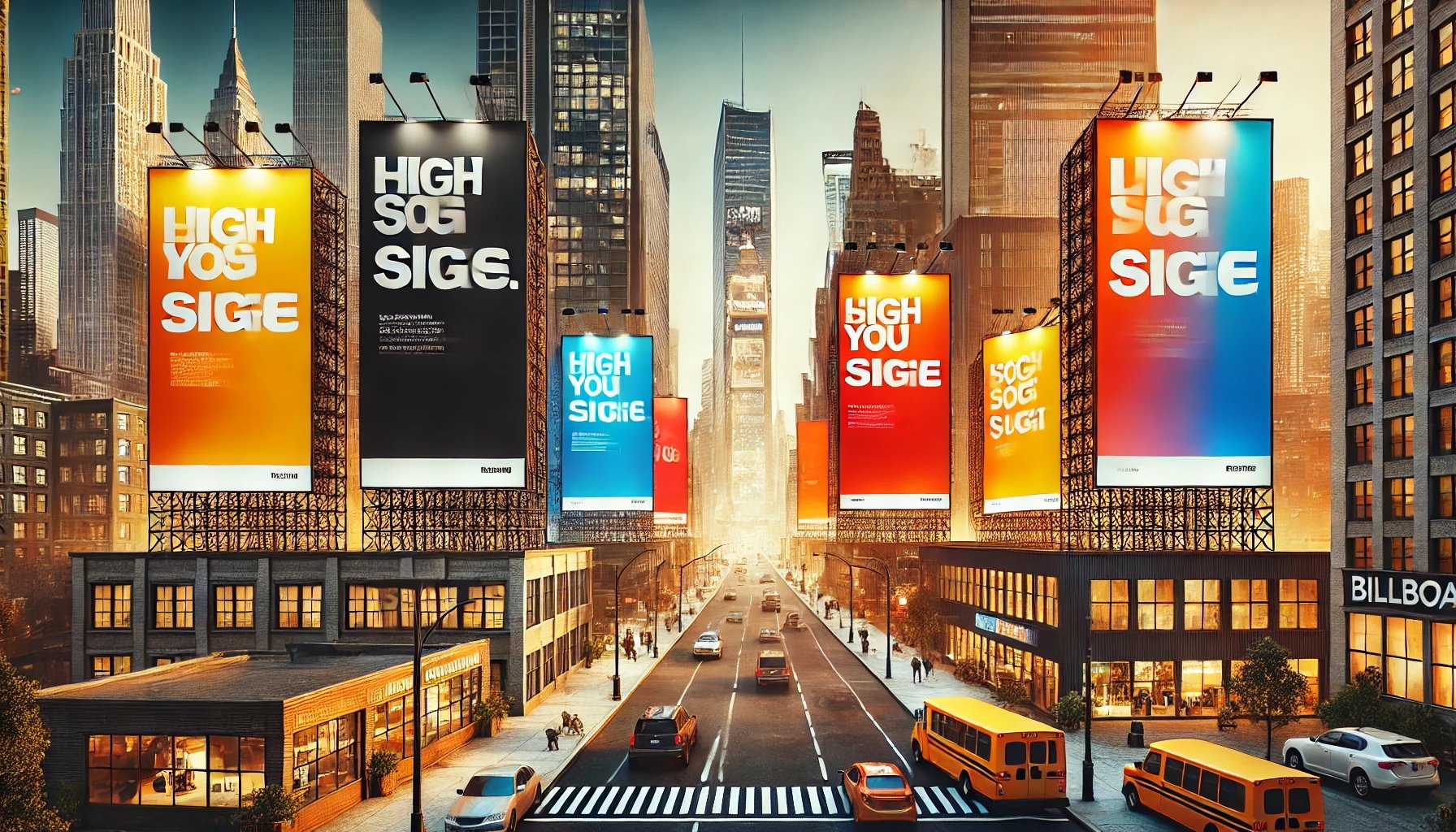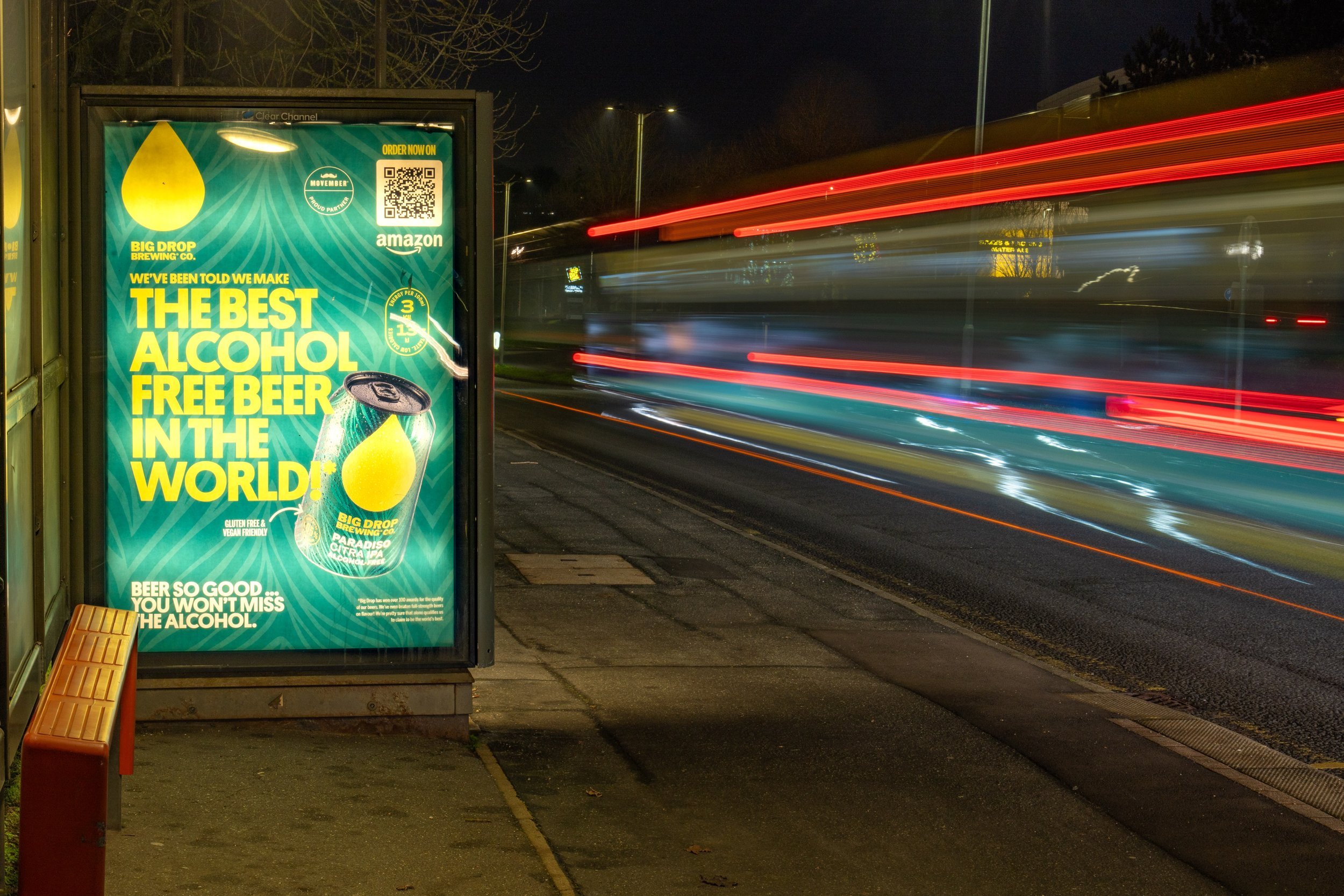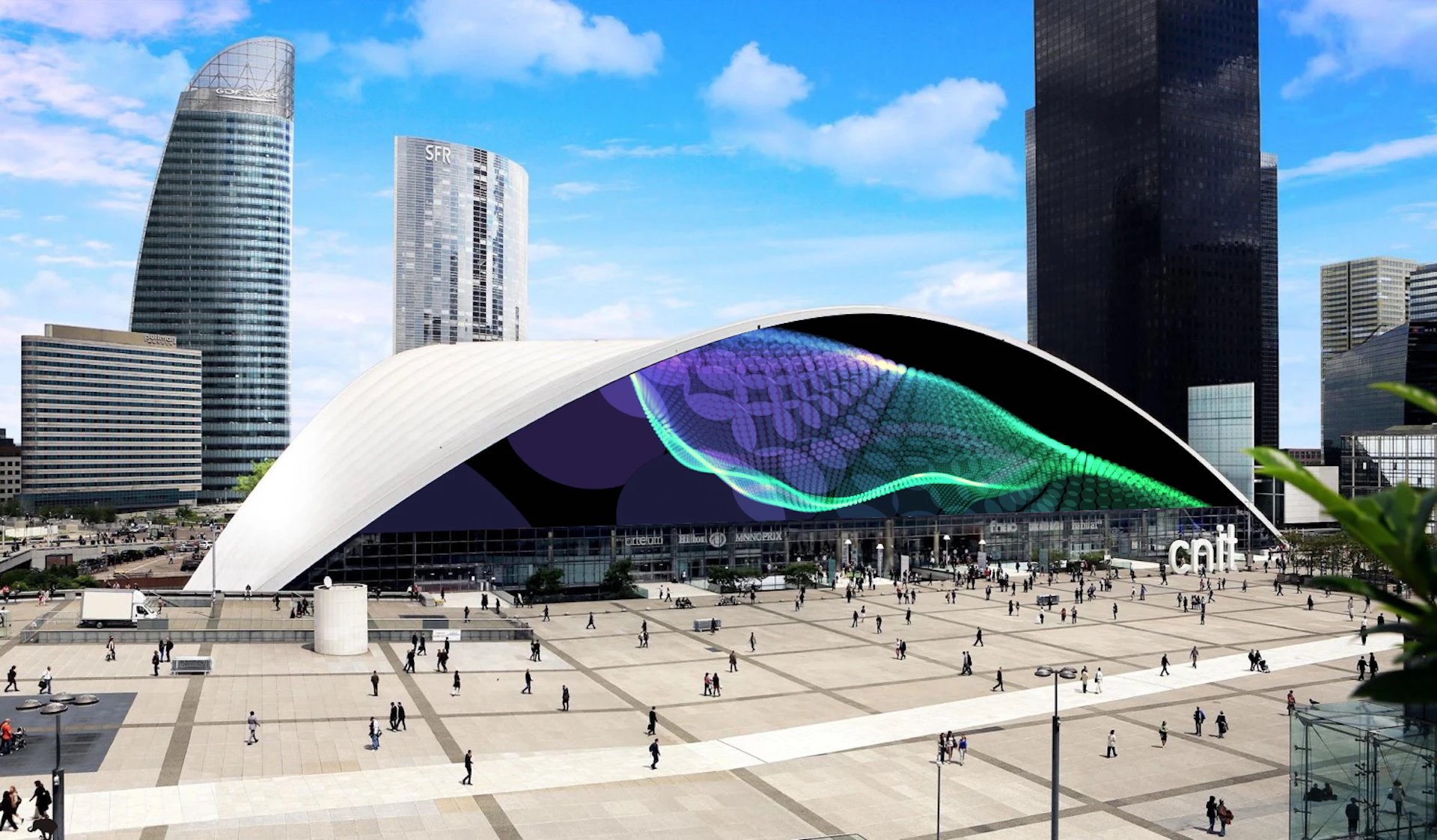What is OOH advertising? Definitions and meanings.
Key Takeaways
Out-of-home (OOH) advertising refers to ads placed outside the home, from billboards and transport media to street furniture and place-based formats. It reaches around 80% of the UK population weekly, making it a powerful mass-reach medium.
Traditional OOH uses static posters, while digital OOH (DOOH) adds flexibility with dynamic screens, programmatic buying and real-time optimisation. This evolution allows for personalisation, smarter targeting and stronger ROI.
Effective OOH campaigns rely on strategic placement, bold creative and integration with other channels. Modern data tools now enable accurate measurement of impressions and outcomes, strengthening accountability and campaign impact.
OOH advertising has deep historical roots with evidence suggesting the Ancient Egyptians used tall stone obelisks to publicise laws and treaties.
Whilst most modes of advertising have changed over the years, OOH advertising remains a relevant and effective medium today.
But what exactly is OOH advertising? This article tells you everything you need to know.
What is Out of Home Advertising
Simply put, Out-of-home (OOH) advertising is a form of advertising that is found and reaches the consumer outside of the home. Data shows that out of 65 million people living in Great Britain in 2021, nearly 52 million see OOH ads weekly, resulting in a reach of roughly 80% (1) making it a highly effective medium for reaching mass amounts of people.
There are two types of OOH advertising: Traditional and Digital. Traditional OOH advertising includes billboards, bus shelter ads, transit ads, street furniture and more. Whilst Digital OOH advertising includes most of these, they also include 3D digital billboards - the future of digital signage.
The key difference between Traditional and Digital is that Digital uses electronic dynamic displays to showcase messaging and Traditional is typically static, remaining unchanged throughout the campaign duration.
In today’s media-saturated climate, it’s becoming increasingly harder for brands to stand out and for your message to be heard. OOH resolves this and in collaboration with digital online advertising, it is a powerful medium that allows advertisers and businesses to effectively market to audiences far and wide.
Tube Adverts - Paper 6 Sheets.
How Does OOH Advertising Work?
OOH advertising works by placing the brand’s advertisement directly in front of its target audience. Ads are strategically placed throughout the consumer’s daily journey, whether that’s near a supermarket or on the way to work, and the locations in which these ads are shown are determined by the campaign objectives and audience criteria. By leveraging strategic placement and delivering unique creative, OOH advertising is effective at creating brand awareness and delivering targeted messages.
In order to effectively reach target audiences in the short amount of time they’re exposed to an OOH ad, advertisers must create visually compelling designs and easily digestible messages. This is unique to OOH advertising because the advertisements are typically viewed in passing whereas television commercials, for example, are viewed by captive and engaged audiences.
Types of OOH Advertising Formats
Billboards - Traditional and digital billboards.
Transport - Airport ads, railway, taxi, side of bus, London Underground.
Street Furniture - bus shelters, benches, telephone booths, bike ads.
Place-Based - Shopping centres, event halls, cinema lobbies.
Find out more about the types of OOH advertising formats here.
DOOH
Digital out-of-home (DOOH) advertising includes the use of digital screens to display advertising messages. In recent years, DOOH has become a crucial part of OOH campaigns for a variety of reasons.
Digital screens allow for personalisation and optimisation of ads, particularly with programmatic out-of-home advertising. Advertisers can automate the process of buying DOOH ad inventory to effectively target audiences and display ads in locations where they frequent. This process provides advertisers with the flexibility to optimise campaigns in real time.
Additionally, advertisers can build campaigns across multiple channels to create a cohesive and effective media campaign. The utilisation of first-party and third-party data to make informed ad purchasing decisions means that campaigns are more relevant and targeted, maximising impact and boosting ROI.
Attribution and Measurement of OOH
One of the ways in which OOH advertising has struggled in previous years is with accurate campaign attribution and measurement. Digital online advertising provides advertisers with data analytics and insights to show the exact impact of an online campaign, whether that’s a conversion rate or number of click-throughs. OOH advertising previously relied on traditional methods of measurement such as surveys or quantifying foot traffic.
Today, data is available to effectively measure OOH advertising campaigns and as a result, brands and advertisers can get an understanding of the impressions an OOH ad has generated and much more.
How to Build an OOH Advertising Campaign
Building an OOH advertising campaign takes careful planning and strategic execution, here are some essential tips to remember when building an OOH advertising campaign:
Campaign Objectives
Identify the specific goals for your OOH campaign, such as brand awareness or driving foot traffic.
Understand Your Audience
Conduct thorough research to understand the demographics, behaviours and preferences of your target audience.
Choose Strategic Locations
Using your audience research, strategically select locations that align with your audience’s daily activities.
Create Compelling Visuals and Messaging
Use bold design and impactful messaging to effectively communicate core messaging.
Complement With Other Channels
Integrate other marketing channels such as digital online advertising into your OOH campaign to reinforce brand messaging.
Measure and Analyse Performance
Implement tracking to measure the campaign’s success against established KPIs and your campaign objectives.
At One Day Agency, we tackle every brand by first thoroughly understanding your audience and their behaviours with research with your valuable data. Once we have a complete picture, we’ll scope an effective plan from creative to activation. For more information on our approach and how to build an effective OOH advertising campaign, get in touch with our team today.
Tram Stop Paper 6 Sheet.
Summary
OOH advertising is an effective advertising medium for reaching audiences outside of the home. This dynamic advertising medium reaches consumers during their day-to-day activities, offering exposure in high-traffic locations where people live, work, commute and socialise.
In recent years, technology has brought innovation to OOH advertising and allows advertisers to be more streamlined with their advertising campaigns. Data can be leveraged to optimise campaigns in real time as well as measure impact.
The effectiveness of OOH campaigns lies in their ability to quickly capture the attention of passersby and create memorable impressions that resonate with specific target audiences. If you’re looking for an agency that can build an effective OOH campaign from creative through to activation, get in touch with us at One Day Agency.
FAQs
What is the meaning of OOH in advertising?
OOH is the acronym that stands for ‘out-of-home’. Advertising that is placed and reaches people outside of the home.
Reference
If you want to learn more about OOH Advertising, reach out to us today.


